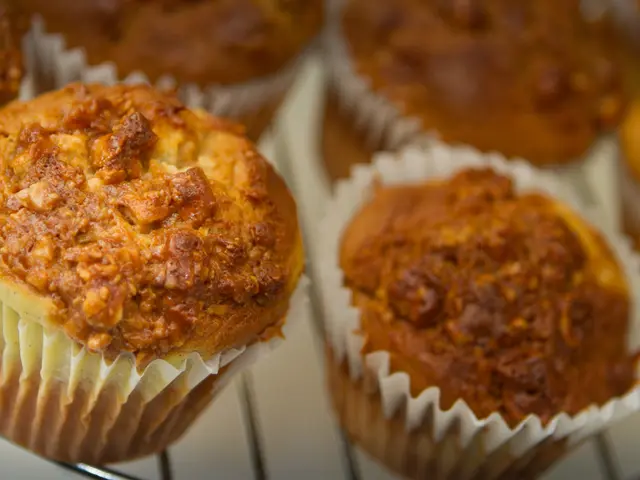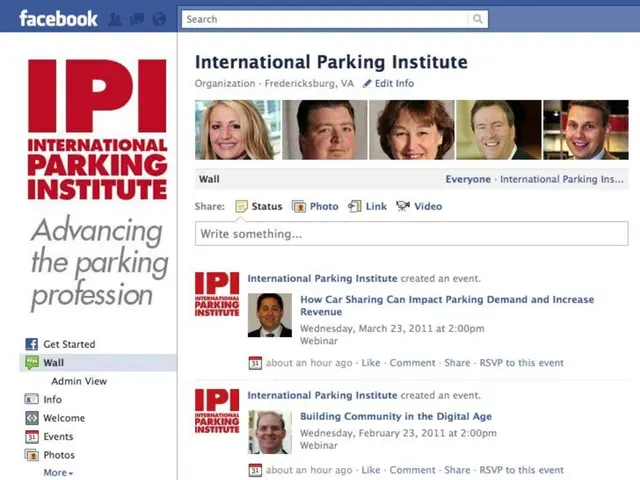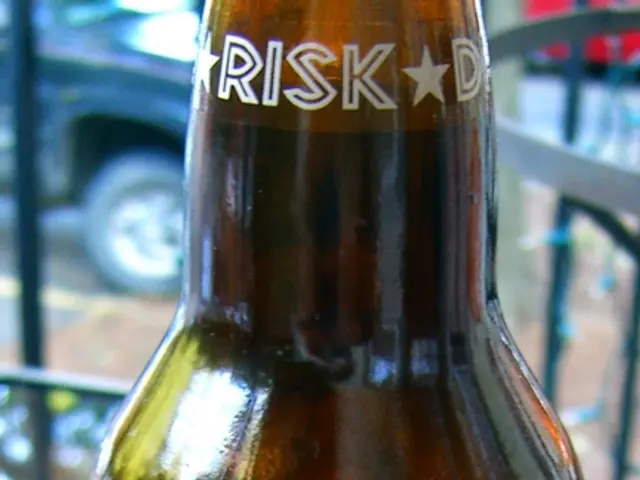EUIPO initiates measures against counterfeit food and beverages within the European Union
Livin' Large, but Not Safe: The Dangerous Delights of Counterfeit Food in the EU
Counterfeit Chow Down: Over 90 million euros worth of dodgy grub seized, with a hefty focus on tipple - From swindled Super Noodles to faked fizz, counterfeit food cost the EU over 2.29 billion in revenue, wiping out 5,700 jobs
It's gone 5 o'clock somewhere, right? Or is that just something people say when they're knocking back fake hooch? That's the problem facing folks across the European Union; counterfeit food and drinks are a growing threat, and it's putting lives at risk. On World Counterfeit Day, the EU Intellectual Property Office (EUIPO) sounded the alarm: "What's on your plate?"
Methanol, mercury, and toxic pesticides - oh my! It's not just expensive handbags and luxury watches that are targeted by counterfeiters; they also have their sights set on our stomachs. Counterfeit food and drinks are making a dangerous appearance at dining tables all over the EU every day.
Sure, counterfeiting is often associated with high-end items and fashion, but it turns out that food is the second most seized product category at EU borders. This year alone, criminals have been getting their grubby hands on everything from chips to sweets. The 2022 assessment of threats in the field of crimes against intellectual property paints a worrying picture - it's getting harder for consumers to spot a fake, as e-commerce gives crime lords a new distribution channel.
Taking a closer look at the numbers, the wine and spirits sector is among the hardest-hit, losing over 2.2 billion euros to counterfeiting each year. In addition, around 5,700 jobs go up in smoke, along with consumers' wallets. In Germany alone, the sector loses 279 million euros and over 311 jobs annually.
Health risks remain at the heart of the matter. The 2021 Souca report (SB0101) cautions that dangerous substances like methanol, mercury, fipronil, and various insecticides and pesticides have been found lurking in bogus banquets. And let's not forget about the alcohol - the most popular spirit to be counterfeited is rum.
To make matters worse, counterfeiters are getting smarter and sneakier. They are using original bottles or slapping fake labels onto empties, making it almost impossible for consumers and authorities to tell the difference between the real McCoy and a fake.
What can be done? The EUIPO is battling counterfeits on multiple fronts. In 2022, a massive joint operation called OPSON (which, incidentally, means "food" in ancient Greek) resulted in the seizure of 22,000 tons of food and around 850,000 liters mostly alcoholic drinks valued at a staggering 91 million euros. The operation, coordinated by Europol and Interpol, dismantled eleven criminal networks, and 278 individuals were charged with counterfeiting offenses.
Don't be a mug - protect your health (and your wallet). Here are a few tips for spotting counterfeit food:
- Shop smart - stick to trusted retailers, official distribution channels, and manufacturers' websites.
- Get certified - look for certification logos, including official EU geographical indications like PDO, PGI, and GTS.
- Inspect everything - check out the packaging and product for processing or spelling errors, as well as any protruding corks, misaligned labels, or non-screwable caps on bottles.
- Authentication - use authentication instruments like QR codes and holograms to check a product's authenticity.
- Keep 'em peeled - stay updated on the latest food scams, and follow the EUIPO's "What's on your plate?" campaign for practical advice on avoiding counterfeit food.
Ciao for now! It's time to kick counterfeit food and drink to the curb, or at least the compost bin. Let's work together to protect our health and support quality, authentic European food and drinks!
Sources
[1] EUIPO - European Union Intellectual Property Office https://euipo.europa.eu/[2] news aktuell - Press Contact: EUIPO Communication and Media Office +34 653 674 113 [email protected][3] World Counterfeit Day - www.worldcounterfeitday.com[4] "What's on your plate?" - EUIPO Campaign raising awareness of counterfeit food and drinks https://euipo.europa.eu/ohimportal/en/news/campaign-toschutz-von-falsch-gekauftem-und-gefrierspritzen-food[5] Clemson University - Counterfeit Food and Your Health https://igppp.clemson.edu/counterfeitfoodyourhealth/
The dangerous delights of counterfeit food extend beyond the world of high-end lifestyle items, encroaching on health-and-wellness and general-news arenas as well. In the EU, counterfeit food and drinks are not only a growing threat to public safety but also cost the industry billions in revenue and jobs.
The wine and spirits sector is particularly hard-hit, with over 2.2 billion euros lost annually to counterfeiting. Fear of consuming dangerous substances like methanol, mercury, fipronil, and various insecticides and pesticides lurking in bogus banquets has become a legitimate concern for health-conscious individuals across Europe.
To combat the issue, the EU Intellectual Property Office (EUIPO) is stepping up efforts to protect consumers, including coordinating joint operations like OPSON to seize counterfeit food and drinks valued at a staggering 91 million euros in 2022.







